As a kid, I would spend hours studying my geographic encyclopedias. I memorised all the data I could find, like the size of each country, its population and its capital city and used this to challenge my friends at school to a game of “Name The Capital”. There was one guy at school, Raymond, whom I could never beat though – he literally knew each and every capital city in the world! It’s this early interest in geography that sparked my passion for travel. One thing that I find fascinating is how capital cities were founded. In most cases, they’re the largest cities with the biggest concentration of political and economic power. However, in some instances, capital cities have relocated for a variety of reasons. Here’s my take on shifting capital cities.
Why capital cities are relocated
Capital cities are seen in much of the world as a sign of permanence, of historic grandeur and visible power and strength. Yet for many nations of the world capital cities have moved with surprising regularity and for a host of different reasons. Here are just five of the most common reasons to relocate a capital city, and which capital cities were relocated.
To be neutral
Rio de Janeiro to Brasilia (1960)
The idea to relocate the Brazilian capital began in the early 19th century. However, it took over 100 years for the decision to be put into action. With all state functions and major influencers living in the south east of the country it was felt that a more centrally located capital would better serve the needs of the whole population of this giant nation. A location in the highlands near the centre of the country was selected for the new capital. Brasilia was planned by several Brazilian architects, amongst whom, Oscar Niemeyer, and replaced Rio de Janeiro as Brazil’s capital in 1960.
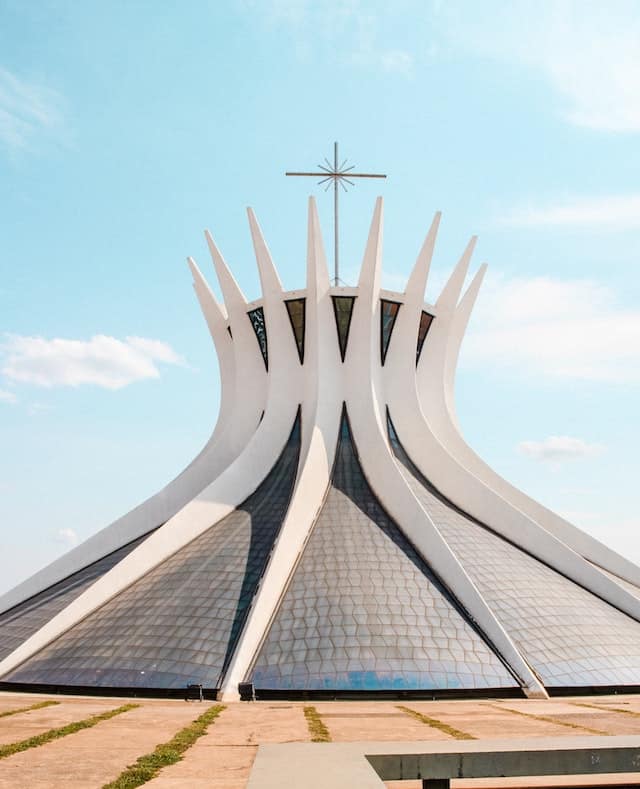
Canberra (1927)
Years of argument could not solve the dispute between Melbourne and Sydney. The authorities in both cities felt that they should be the Australian capital and never would cede to the other. Finally the compromise was agreed to create a new capital, roughly halfway between the two cities.
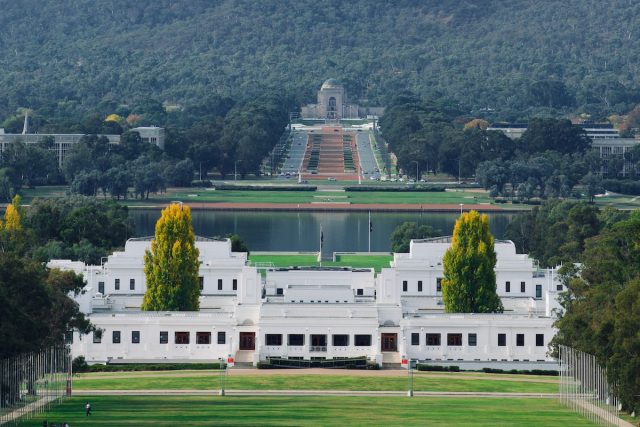
Abuja (1991)
After years of bitter ethnic and religious troubles, it was decided to move the capital from the southern shore to the centre of Nigeria. By having a city that was accessible to both the Christian south and Muslim north it was hoped that the government would better represent the whole nation. On top of this, Lagos had grown so quickly and so chaotically that this plan hoped to stop the mass migration of people to the city.
To be more ‘Western’
Moscow to St Petersburg (1712)
Moscow has been the Russian capital for around 500 of the last 700 years and remains so today. Between 1712 and 1918 however the capital moved west to the Baltic Sea port of St. Petersburg on the orders of Peter the Great. The reason? To be closer to the major centres of world trade and influence. At the time, these were located almost exclusively in western and central Europe. In 1918, the Soviets reinstated Moscow as the capital of Russia. They did this to be farther from the coast, where they would be more vulnerable to attacks.
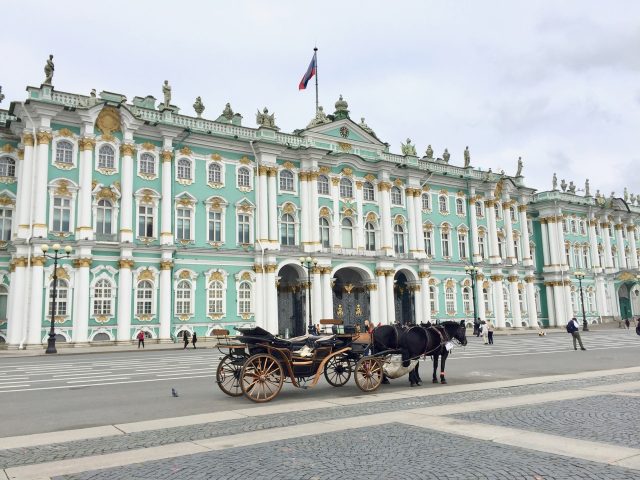
To preserve unity
Auckland to Wellington (1865)
While the North Island had all the politicians, the South Island had the gold. The folks in Auckland were getting nervous that the South Islanders would declare themselves a distinct and separate colony within the British Empire. The decision was quickly made to relocate the government functions to a more central location. Wellington was chosen for its natural harbour and its location just across the Cook Strait from South Island.
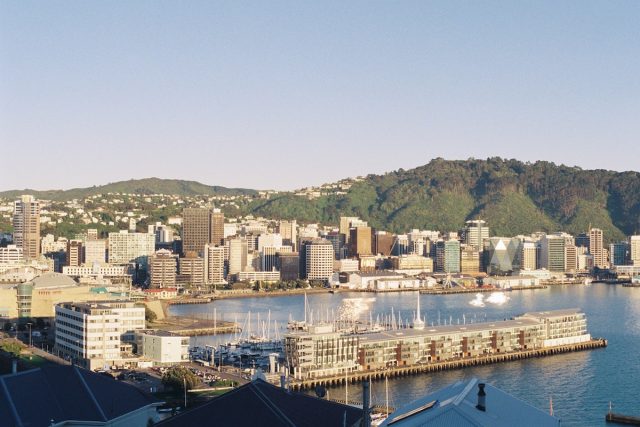
For self-defence
Yangon to Naypyidaw (2005)
When the Burmese government announced that they were moving the capital away from Yangon, they were effectively relocating to an empty field. The new capital was constructed hastily after their arrival. Officially the reason given for the move was the overcrowding of the old capital. However many believe that the regime is very fearful of foreign attacks. By moving inland they have created something of a modern fortress city.
Risk management
Tehran to somewhere to be decided (sometime soon?)
Tehran is a disaster waiting to happen. The city sits on over 100 seismic fault lines and as far as a catastrophic earthquake is concerned it’s a question of when rather than if. The site of Tehran itself was something of an accident and talk of relocation has long preceded the current unrest. However, with all the current uncertainty for the regime, perhaps relocation away from the masses of Tehran will become even more attractive?
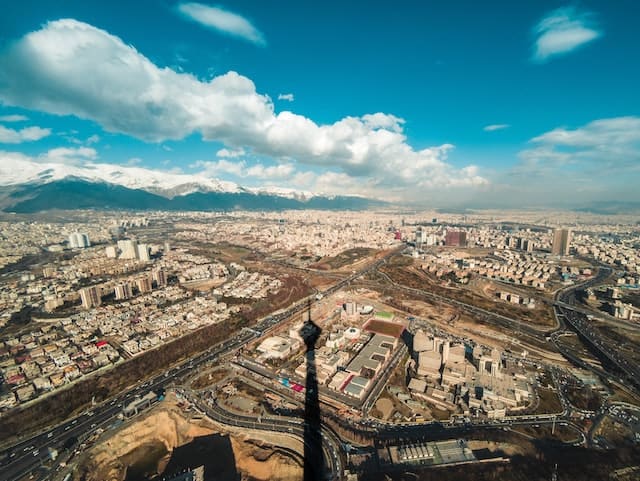
Jakarta to East Kalimantan, Borneo (2024?)
Jakarta, the current capital of Indonesia, is congested and even more worrying, it’s sinking by as much as 25cm a year! About half of the city of more than 30 million people already lies below sea level. In 2019, the Indonesian government announced that it would relocate the capital to the province of East Kalimantan on the island of Borneo.
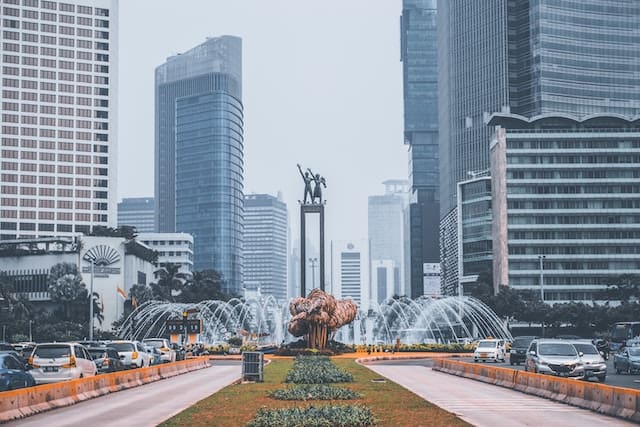
To relieve congestion
Kuala Lumpur to Putrajaya (1999)
Putrajaya was conceived in the 1990’s as the new administrative capital of Malaysia to bring some relief to Kuala Lumpur, which was expanding rapidly. This planned city, situated south of Kuala Lumpur, became the new seat of the Malaysian government in 1999. Kuala Lumpur remains the capital of Malaysia but all administrative functions of the government have moved to Putrajaya.



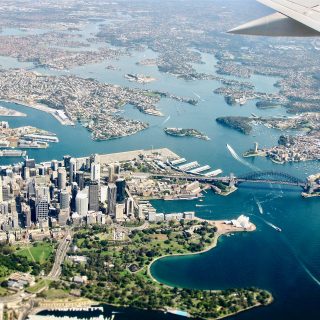

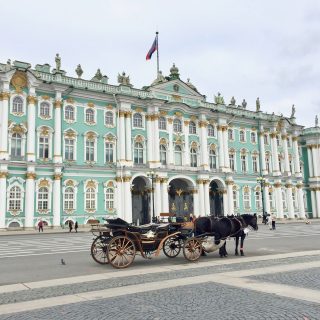






Me too. I’m especially concerned about the impact of building the new capital on the natural environment in Borneo.
I’m really intrigued at how Indonesia’s new capital city will pan out – they’re literally building it from scratch!
Interesting read! I was a map nerd as well growing up. I would flip through the pages and daydream about visiting the different areas.
Thanks for sharing
Shaun
http://www.thislifeintrips.com
What a unique idea for a post. I’m going to Brazil on Monday and had no idea Rio used to be the capital!
Great little trivia post. What about Berlin and Bonn? The capital moved to Bonn during the split and got trucked back up to Berlin for honor reasons. As a symbol of unification to push the capital back.
I’m sticking with Port Stanley! Haha!
For nerdy, it’s hard to beat the guy who told me that, technically, the capital of the Falkland Islands is NOT Port Stanley but …. London!!
(But, surely, since the Governor lives in Stanley …. ???)
Haha! Nerdies unite! 😉
I’m glad I wasn’t the only nerd in school. :o)
Thanks Deej. Then there are countries which have a capital city but a different seat of government, like the Netherlands (Amsterdam & The Hague). Fun facts! 🙂
Cheers,
Keith
Great post…I remember learning in history class about a few of these, and the fact that Bolivia has two capitals….